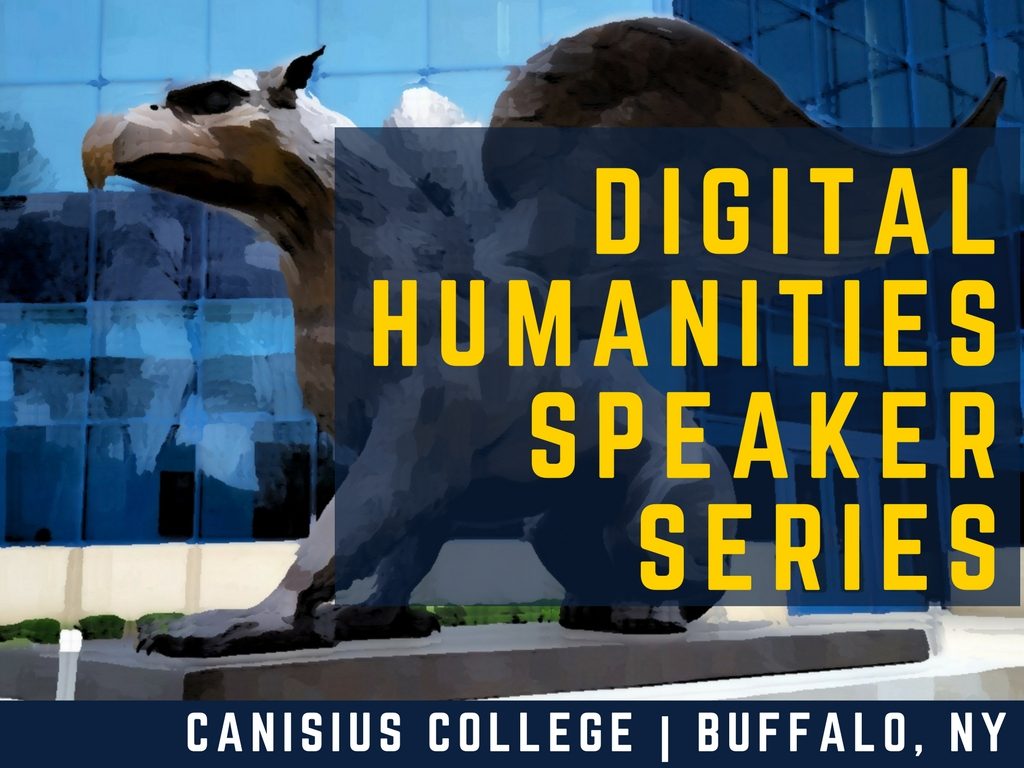
The inaugural College of Arts & Sciences Digital Humanities Speaker Series at Canisius is Thursday, March 23, at 4:00 p.m. in the Regis Room located on the second floor of the Student Center. Special thanks to Erin Warford, PhD, adjunct professor of classics, who kicks off this series with a compelling discussion of how digital geographic information systems enable us to explore past social, political and religious life in new ways.
The Digital Humanities Speaker Series highlights pioneering work Canisius scholars are doing in digital humanities and inspires faculty and students to consider, experiment with and collaborate on new research projects or pedagogical methods employing digital technologies. Our spring 2017 series is threaded with an underlying question: What is the relationship between humanities scholarly priorities and methods or practices of media design?
The title and abstract of Warford’s presentation are below:
Build Temples Not Walls: Mapping Border Sanctuaries and Pilgrimage Routes in Classical Athens
Borders are not always defined by walls. In ancient Athens, birthplace of democracy and at the height of its power in the 5th century BCE, the borders were marked by grand marble temples. Both Athenians and outsiders gathered at these temples to enjoy the cultural spectacle of festivals, which offered food, drink, song and dance, theatrical performances, athletic contests, and even secret initiation rituals! All of this displayed the wealth and power of Athens, as well as the touchstones of Athenian identity—myths, memorials, battlefields from the Persian Wars.
Spectacles are meant to be seen by an audience, of course. How did people get to these temples? And what was the journey like? Geographic Information Systems (GIS) mapping programs provide tools which I have used to reconstruct the roads that connected the city of Athens to its border sanctuaries, as well as what it was like to travel to them. As an example I will focus on the Sacred Way to Eleusis, which thousands of initiates walked every year during their initiation into the Eleusinian Mysteries, hoping for a happier afterlife. These roads were the arteries that linked Athens to her borders, the physical manifestation of the geographic and cultural unity of Athens.
Submitted by: Mark Gallimore, PhD, instructional designer, COLI


